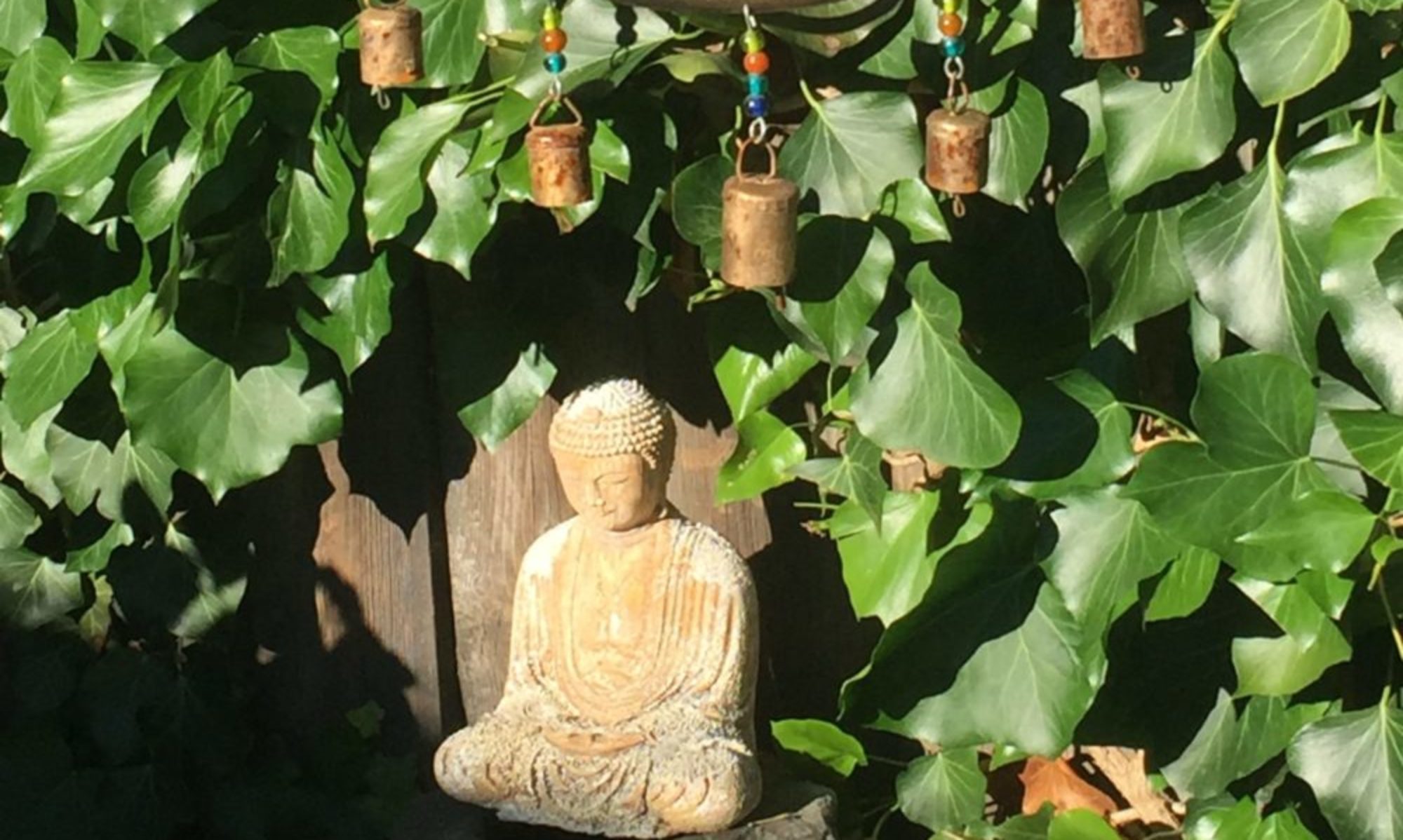Time to get ready! Step into the shower and look at the variety of products awaiting your ritual. Shampoo, conditioner, body wash, deodorant soap, shaving lotion and many other products have become a supposed necessity to modern hygiene. But are they? Was it all those ads during the soap operas that convinced us that our natural body processes were horribly smelly and disgusting requiring immediate intervention with chemicals?
Let’s step back and re-evaluate. Why does shampoo have to lather? Why do we need to deodorize our belly skin? Why do we need a separate cleansing agent for our scalp? Isn’t it skin too?
Just as in cleaning our homes, cleaning our bodies has become a toxic soup of artificial, and probably unnecessary, chemicals that could be seriously harming our bodies and our environment. The David Suzuki Foundation identifies the worst offenders (https://davidsuzuki.org/queen-of-green/dirty-dozen-cosmetic-chemicals-avoid/). It might be interesting to go on a treasure hunt in your bathroom to see what you discover.
This issue came into my awareness during a conversation with a friend years ago regarding menopause. The poor thing was in the thick of hot flashes and other indignities when her doctor offered relief in the form of a skin cream. It worked! And she was having a tough time. So I got to thinking… if a skin cream could affect her hormones enough to fix those serious issues, what am I putting on my skin that is affecting my hormones indiscriminately? Hormone disruption with environmental toxins is a serious concern for me as it has been linked such diverse problems as breast cancer and obesity (*1).
Shampoo Alternatives
- Mix one part baking soda and one part apple cider vinegar. Shake well and apply about 1 or 2 teaspoons to hair once wet. Work into scalp. Rinse well.
2. Use a shampoo bar
instead of a bottle. It’s great for travelling as there are no liquids to pack in your carry on. It can also be used on the body. There are several options online. Check the ingredients to be sure you understand each one and it is a natural substance. The ingredient list should be under ten items.
3. A special nod to dandruff shampoo users. The harsher chemicals in traditional shampoos strips oils excessively from the skin (scalp) causing dry patches and opportunities for irritation. Switching to softer cleansers creates healthier skin less likely to break out. As a prescription for break out times, try rubbing in coconut oil ![Image result for coconut oil]() to scalp and leaving it for about 10 or 15 minutes. Wash as usual. The coconut oil is nourishing, anti-fungal and cooling.
to scalp and leaving it for about 10 or 15 minutes. Wash as usual. The coconut oil is nourishing, anti-fungal and cooling.
Conditioner Alternatives
Unless you have very long, fine hair that tangles a lot, chances are you can skip purchased conditioner. Conditioner was never intended to work at the root but nearer to the ends of hair. Try applying a little argan or coconut oil to the ends (be extremely sparing) and then rinsing out excess under warm water in shower. The myriad of products we apply to smooth, straighten, plump or control hair is dizzying. I bet your family and friends would still love you if you let your hair go a little more natural.
Deodorizing Soap Alternatives
- You’re honestly not that smelly everywhere. There are a couple key areas where things can get a little funky. You know where they are. All other exposed skin is fine for water only unless you have ground in dirt or axle grease to clean. Consider using the hair cleanser on the smellier bits (they usually have some association with hair follicles as well so that makes sense, doesn’t it?).
- For the dirtier places, like after changing your oil or planting the garden, try a castile based soap (like Bronner’s). It is oil based and the oil helps dissolve the grease on your body that might be holding the dirt.
Moisturizer Alternatives
- Raid the kitchen for olive oil. Slather on oil before shower then let the warm water rinse the excess. Pat dry gently with a towel after and your skin should be silky smooth.
- Make your own body butter.
In a glass 2 cup measure, add ¼ cup coconut oil, ¼ cup olive oil, ¼ cup cocoa or shea butter and a few drops of essential oil for fragrance. Melt slowly in the microwave, stirring frequently until well blended. Pour into a clean storage container. The liquid will harden to the texture of butter fresh from the fridge. To apply, warm a little in your hand until liquid again.
Your pocketbook will thank you and the fish will thank you. And you will still be beautiful as a more natural you.
_________________________________________________________________________________
(*1) https://www.niehs.nih.gov/health/topics/agents/endocrine/index.cfm










